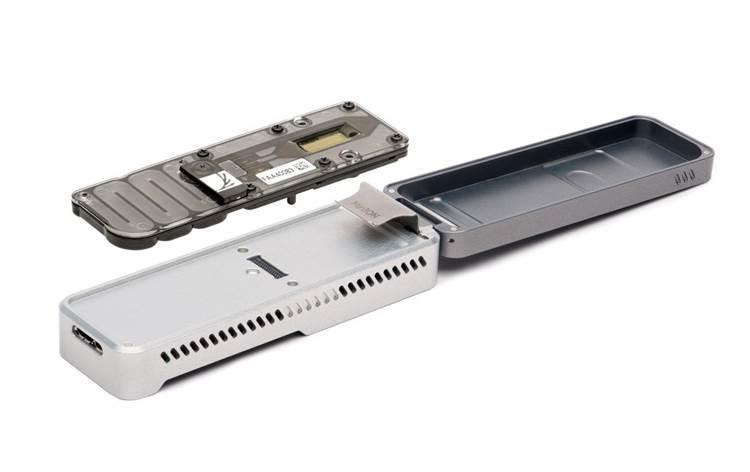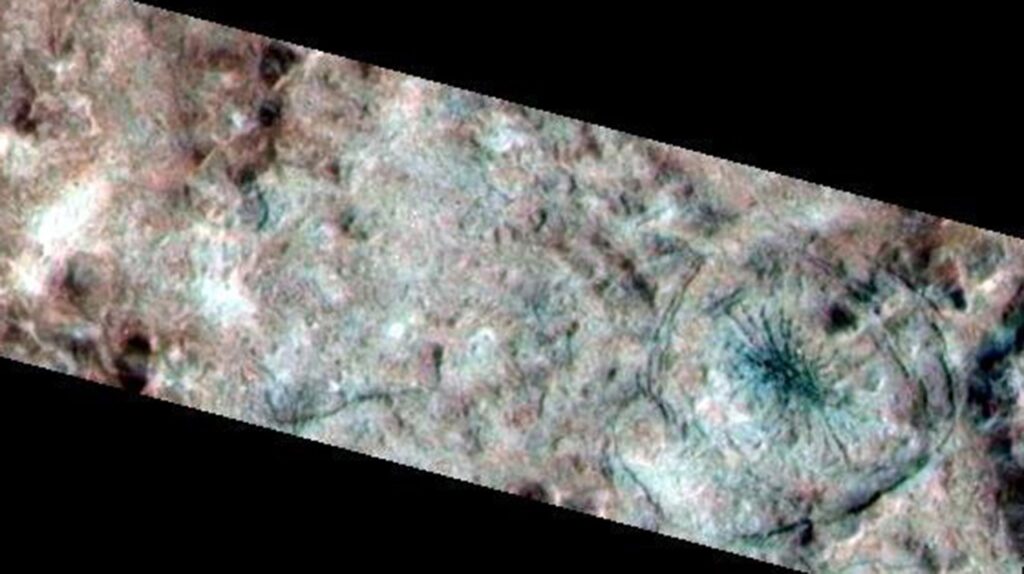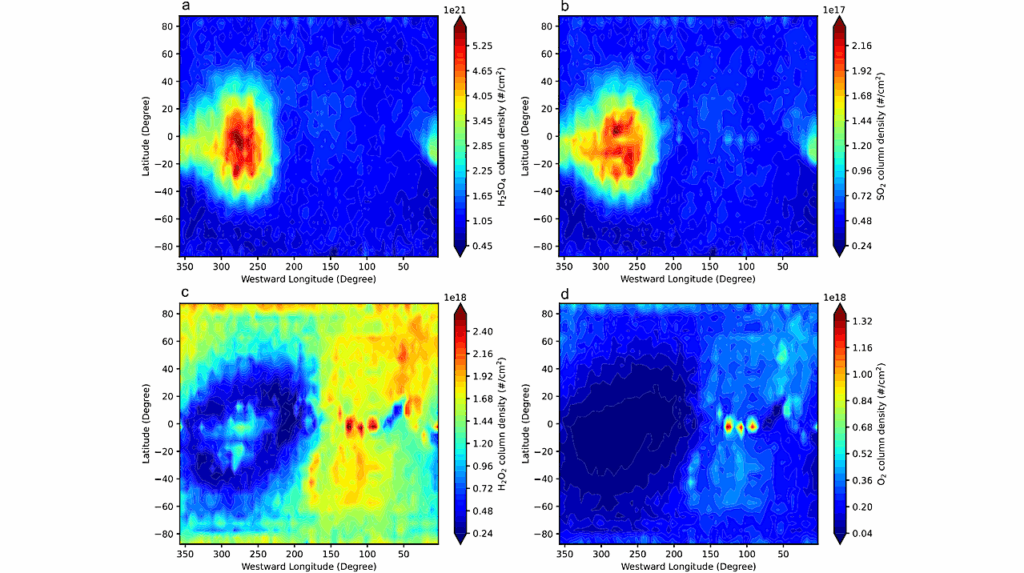Tricorder Tech: Nanopore Sequencing at Mars, Europa and Microgravity Conditions

Nanopore sequencing, as represented by Oxford Nanopore Technologies’ MinION, is a promising technology for in situ life detection and for microbial monitoring including in support of human space exploration, due to its small size, low mass (∼100 g) and low power (∼1W).
Now ubiquitous on Earth and previously demonstrated on the International Space Station (ISS), nanopore sequencing involves translocation of DNA through a biological nanopore on timescales of milliseconds per base. Nanopore sequencing is now being done in both controlled lab settings as well as in diverse environments that include ground, air and space vehicles.
Future space missions may also utilize nanopore sequencing in reduced gravity environments, such as in the search for life on Mars (Earth-relative gravito-inertial acceleration (GIA) g = 0.378), or at icy moons such as Europa (g = 0.134) or Enceladus (g = 0.012).
We confirm the ability to sequence at Mars as well as near Europa or Lunar (g = 0.166) and lower g levels, demonstrate the functionality of updated chemistry and sequencing protocols under parabolic flight, and reveal consistent performance across g level, during dynamic accelerations, and despite vibrations with significant power at translocation-relevant frequencies.
Our work strengthens the use case for nanopore sequencing in dynamic environments on Earth and in space, including as part of the search for nucleic-acid based life beyond Earth.


NASA minION flight hardware for the ISS experiments. Note that this payload is so small that the standard NASA property tag is almost the same size as the payload itself. Credit: NASA/Sarah Castro
Christopher E. Carr, Noelle C. Bryan, Kendall N. Saboda, Srinivasa A. Bhattaru, Gary Ruvkun, Maria T. Zuber
doi: https://doi.org/10.1101/2020.01.09.899716
Now published in npj Microgravity doi: 10.1038/s41526-020-00113-9
PDF https://www.biorxiv.org/content/10.1101/2020.01.09.899716v1.full.pdf
Related posts








